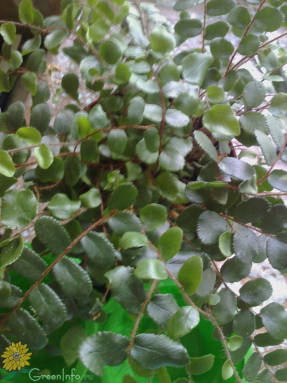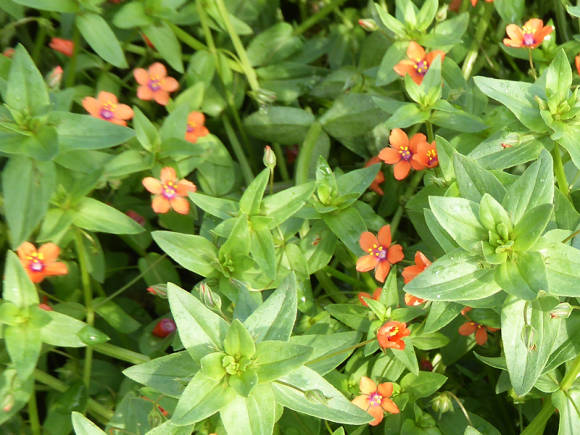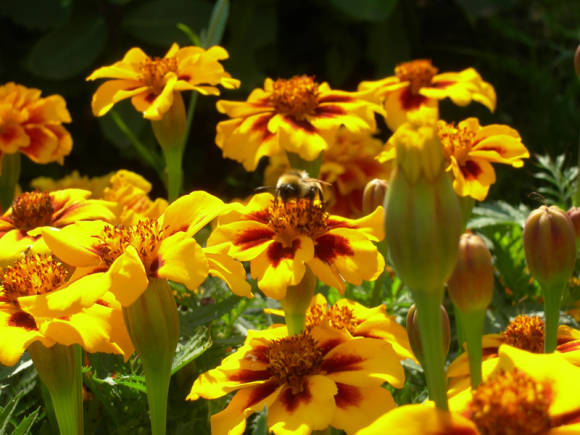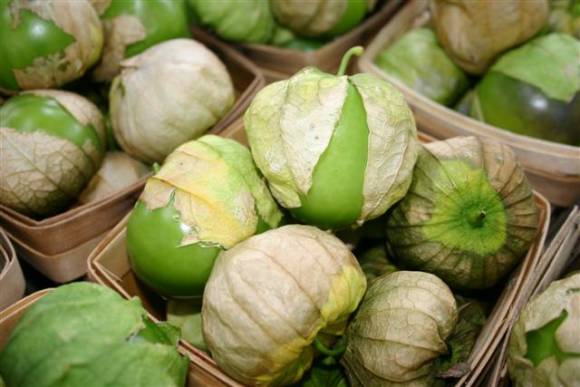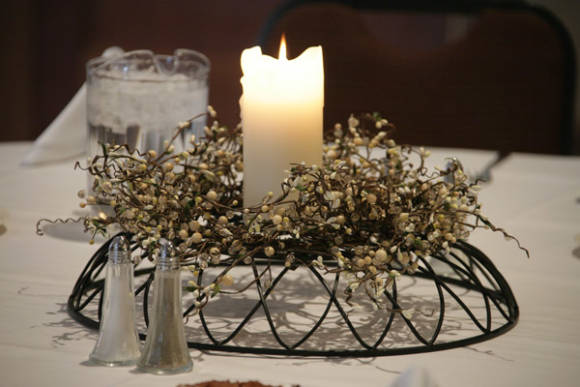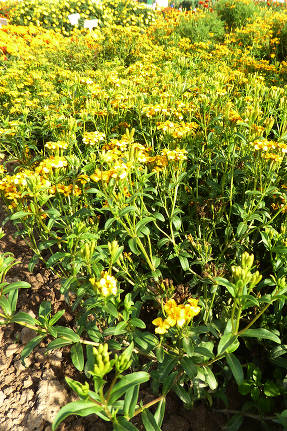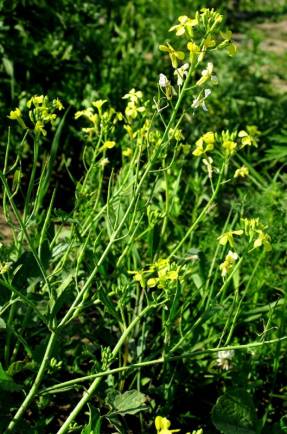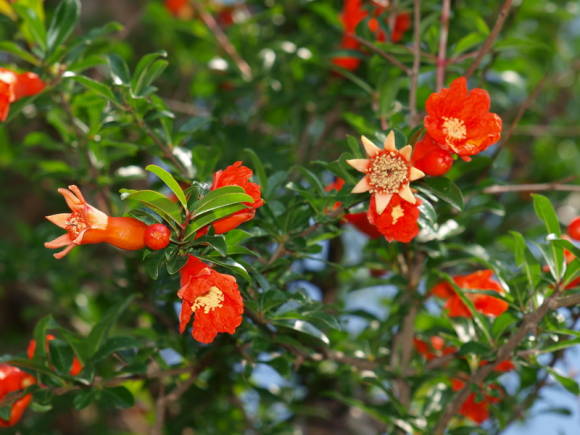Chervil is an annual plant of the umbrella family. Popularly, it is known as a carrot, wild parsley, buteny, snack, zhurnitsa, couper or kupyr. And there are many other names for it, each locality has its own. This elegantly soft herb has a delicate aroma that combines the aromas of anise and parsley. Not everyone likes the smell of anise, but if you try chervil in salads, especially with cucumbers, in soups, including mushroom and pickle pickles, as a side dish for fish, beans, vegetable and egg dishes, then you start to like it, and even very much. They are flavored with cottage cheese, cheese, butter, mayonnaise. It goes well with boiled potatoes, pilaf, pork, poultry. The ancient Greeks were very fond of ostrich meat under a hat made of green chervil, and when barley began to come into fashion with them, they also added chervil to dishes made from it. Until recently, Russian peasants drank kupyr wine, were treated with kupyr infusions, and ate its stems. They didn’t have to sow it in the garden, because the kupyr in the wild has mastered ravines, wet meadows and forests, and you can still find it there.

But chervil does not grow wild in our region. Yes, and in our gardens, it is not widespread, therefore few people know it. But whoever knows him does not part with him. Because this is an amazing herb. Its leaves contain vitamin C, carotene, rutin, mineral salts, protein substances, essential oil. In folk medicine, chervil is used for indigestion, to stimulate the digestive system, for bruises, and rashes. It is recommended in dietary meals for liver and kidney diseases.
Chervil is able to decorate the most festive table. Its delicate openwork leaves are very beautiful and elegant. There is one peculiarity of its consumption: it is cut and served on the table just before consumption, so that the delicate aroma does not disappear - this is an herb for true gourmets. And in a company of several herbs, for example, with savory, thyme, lovage, he is especially good. Chervil is not harvested for future use. It is not dried, boiled, fried, because it loses its flavor. Consumed only fresh!
Chervil inherited great endurance and cold resistance from wild ancestors. Having cultivated, he began to give much more greenery, and these greens became softer, and the aroma - softer. Despite the relatively recent wild past, he is very sensitive to agricultural technology, loves care. In vegetable gardens, he prefers warm, lighted places. Grows well in partial shade and maybe even in the shade. Dislikes cold lowlands, waterlogged and dense soils. With an excess of moisture in the soil, it turns yellow, it may even die.
Soils. Chervil grows on any non-acidic soils, but on light fertile soils it gives much higher yields - the bushes turn out to be like green balls with a diameter of more than 20 cm.Before sowing, the soil must be dug onto a shovel bayonet, compost must be added (at the rate of one bucket per 1 sq. M.) And complex mineral fertilizer.
Sowing. The first sowing is done in early spring, as soon as the snow melts. You can sow in open ground or in a greenhouse. The seeds are buried in the soil to a depth of 1–1.5 cm; it is not necessary to sprinkle them with earth, it is enough to roll them in. For a start, it is enough to sow a few plants for a sample: suddenly you don't like it. Well, if you like it, then next time sow it in rows - it will be more convenient to look after it. The distance between the rows is 30–40 cm.
Seedlings appear in 10-15 days. When the plants reach a height of 5 cm, they are thinned out, leaving 15–20 cm gaps between the plants. Then the bushes will turn out to be large and fluffy.
Care. Chervil is very responsive to taking care of him. He loves it when they pull out weeds around, loosen the soil, water, especially in dry weather. Without watering, the greens turn out to be dryish and tough. Juicy and tender greens are obtained only with a sufficient amount of moisture.
Harvesting. Chervil grows and develops rapidly.Already after a month and a half, you can pluck well-developed leaves from the plants, and after two plants you can already cut them at the root. They won't grow again. Uncut plants quickly bloom with white umbrellas, their leaves turn yellow and coarse. Then they can be left for seeds. Chervil seeds ripen well in our area. They are oblong, black at maturity. They remain viable for 3-4 years.
Repeated crops. To always have fresh chervil greens on the table, sowing must be repeated every 20-30 days. At the same time, summer crops - June and July - should be done in more shaded places so that the plants do not bloom for a longer time and retain all the charm of tenderness.
If some of the early sowing plants are left with seeds in the soil, they will multiply by self-sowing. Some specimens that have emerged in the fall even manage to overwinter.
